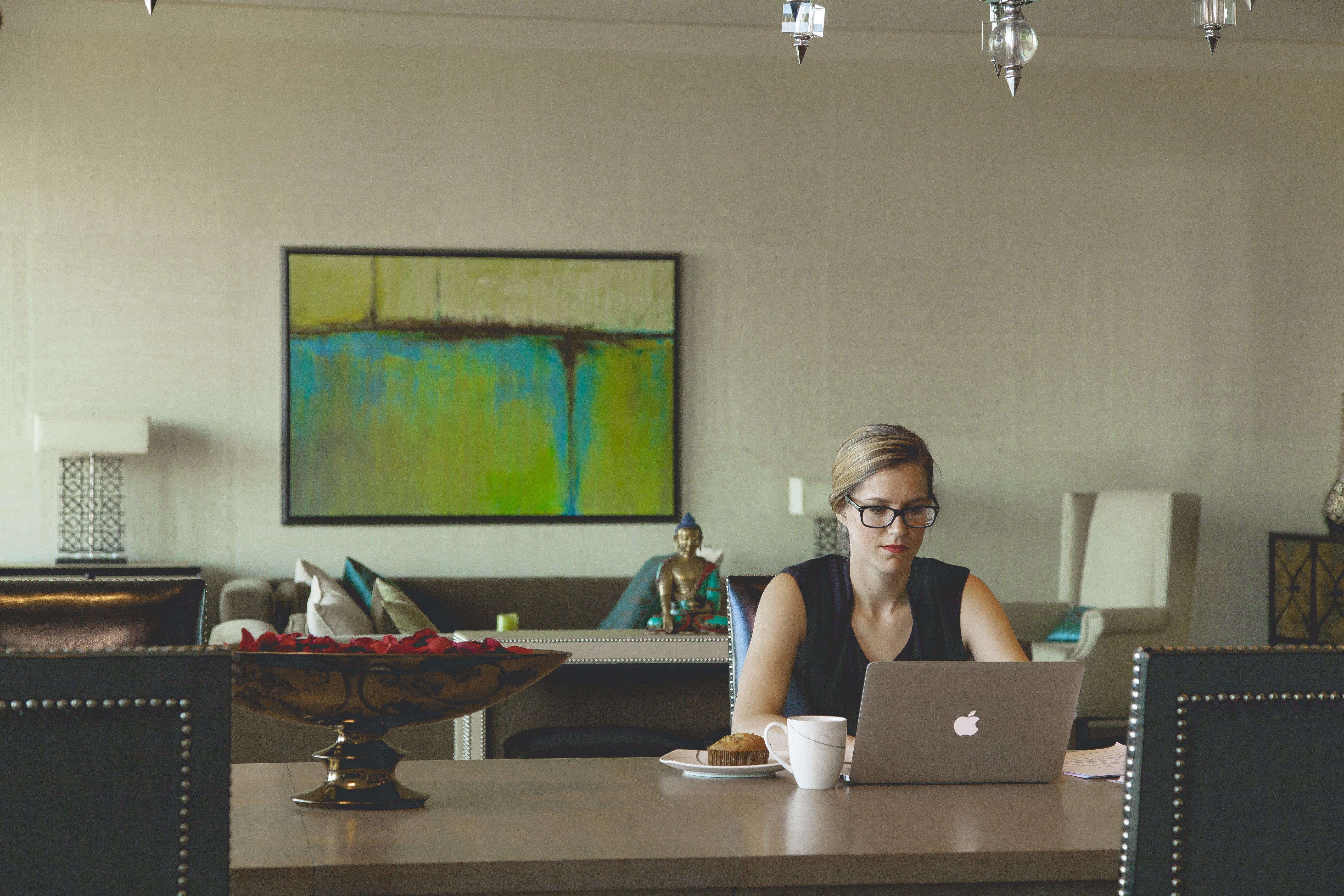

Wegenerally regard mathematics and the sciences as more conceptually challenging than other fields. This perceived complexity is related to the abstract nature of the ideas they encompass. For example, mathematical ideas tend to come without an analogous ‘thing’ or object that is based in reality. This abstract nature makes it difficult to anchor the concept to understand it better. You might say that words such as ‘love’ and ‘hope’ are abstract too, but at least linguistic concepts like this can be directly related to emotions we can feel.
These examples highlight the importance of practicing with the ideas and concepts you’re learning, particularly more abstract areas of learning, to enhance and strengthen the neural connections you’re making throughout the learning process. Even if the ideas themselves are abstract, the neural thought patterns you’re constructing are real and concrete.

Here is author Toni Morrison on how to get better at writing — or anything:
“I thought of myself as like the jazz musician: someone who practices and practices and practices in order to be able to invent and to make his art look effortless and graceful. I was always conscious of the constructed aspect of the writing process, and that art appears natural and elegant only as a result of constant practice and awareness of its formal structures.”
Consider a thought pattern as a series of neurons, which have become linked together, and ‘fire’ together through repeated use. Equipped with this picture, we can visualize three separate stages of understanding:
1. When you’re first beginning to understand something, the neural pattern is present but is weak.
2. You deepen the same neural pattern when you cover the material again or start a related problem.
3. Once you fully understand the problem or concept, the neural pattern becomes ingrained in your neural structure. In other words, practice makes permanent.

Here is Seth Godin on Creativity and practice,
“Creativity is a choice, it’s not a bolt of lightning from somewhere else. There’s a practice available to each of us — the practice of embracing the process of creation in service of better. The practice is not the means to the output, the practice is the output, because the practice is all we can control. The practice demands that we approach our process with commitment. It acknowledges that Creativity is not an event, it’s simply what we do, whether or not we’re in the mood. Sculptor Elizabeth King said it beautifully, “Process saves us from the poverty of our intentions.” Learn to juggle. Draw an owl. Make things better. Without regard for whether it’s going to work this time. The practice will take you where you seek to go better than any other path you can follow. And while you’re engaging in the practice, you’ll honor your potential and the support and kindness of everyone who came before you.”

Start by studying something with focus (the focused mode) when learning. Then take a break, allowing your brain’s diffuse mode to operate in the background and assist in your conceptual understanding. In this way, the neural pathway has a chance to solidify, and you can avoid the chaotic knowledge base and poor foundations that are the result of cramming.
Because your results are all the result of your moment-to-moment decisions, you have tremendous potential to change your life by changing those choices. Your decisions will mold your actions step by step, day by day until they become habits, where practice will make them permanent.
Receive my 7 day email course
Take your finance skills to the next level with my 7-day corporate finance email course. You'll learn all the essential topics from financial analysis to risk management in a fun, engaging format. Each day, you'll receive an email with practical examples, exercises and resources. Perfect for aspiring finance pros or anyone looking to expand their knowledge. Get ready to transform your finance game!
If you like this article. Here are some more articles I think you might like.

The Road to Becoming a Unicorn: A Quick Guide to Startup Funding Rounds

Oh Behave! Behavioral Economics: Why we do what we do.




